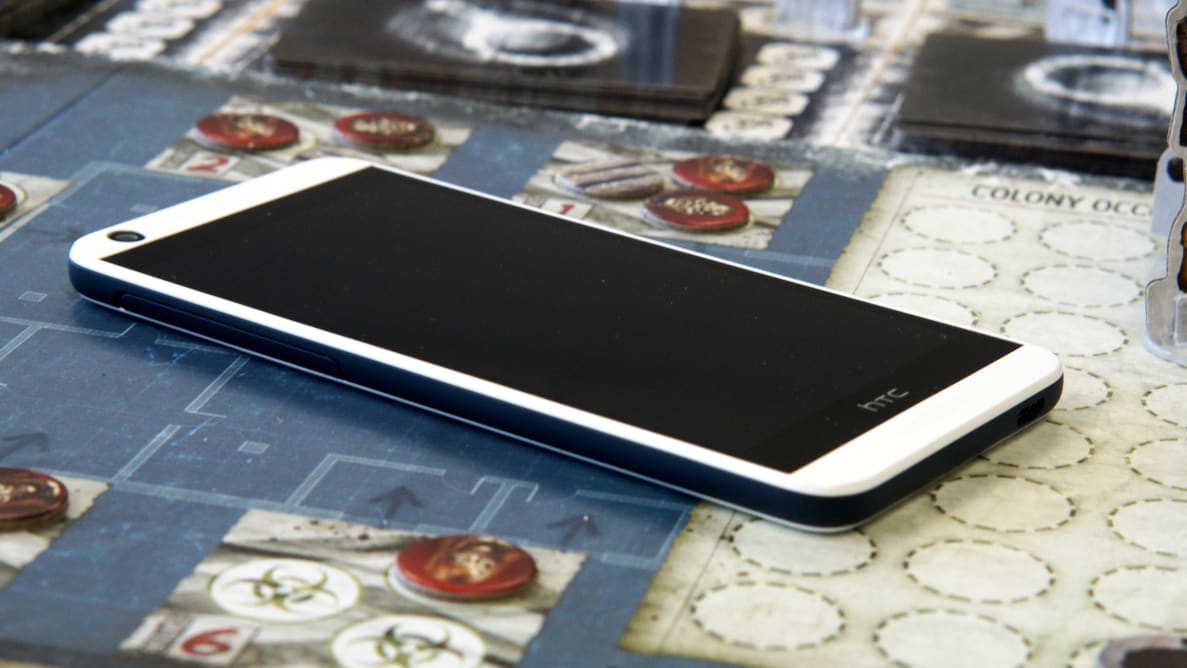One of the common misconceptions about these affordable devices is that they're all seriously held back by lackluster hardware. But as we've mentioned time and time again, it's possible for a manufacturer to squeeze a ton of value out of smartphones like the Desire 626—if they know which corners to cut and how hard to cut them.
Unfortunately, after weeks of use and myriad performance tests, it's clear that HTC's Desire 626 isn't going to helping the reputation of the budget phone. Its sluggish performance, clunky design, and lackluster camera add up to a phone that struggles to justify its entry-level price.
Design & Feel
If you're looking for a smartphone that feels luxurious and well-built, the Desire 626 will come as a disappointment. Its casing is made entirely of plastic, and although the two-toned device looks modern and sporty at a glance, its low-level build shines through.
One of the benefits of a plastic build is an ample color palette. The Desire 626 is available in a handful of colors, but the one we got our hands on, "marine white," is dressed in white and navy blue. The white plastic, which makes up the majority of the shell, has somewhat of a milky sheen. It errs on the side of "slippery," but there's just enough texture to the material that it doesn't glide through your hands too much.
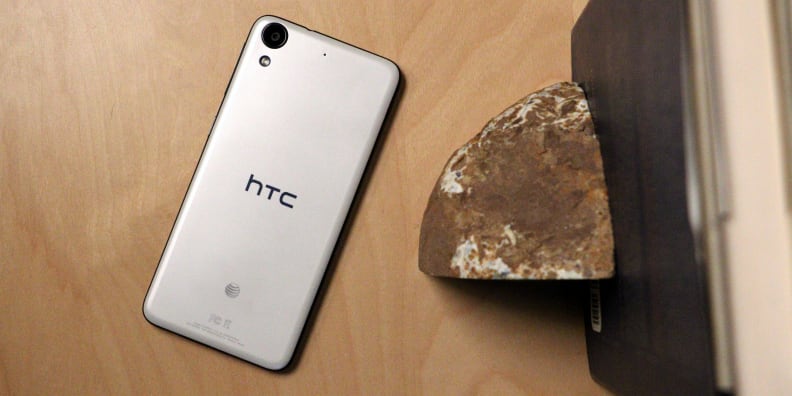
HTC's Desire keeps its design simple—a little too simple, unfortunately.
The secondary plastic on the phone's trim—in our case, navy blue—lines the outer body of the Desire 626, and feels a good deal more "rubbery" than the rest of the phone. Truth be told, I sort of wish the entire phone was made of this stuff—it just feels more durable and gives a better grip than the eggshell white that makes up the rest of the body.
A volume rocker that doesn't rock
One of my biggest issues with the Desire 626's design is the volume rocker, which is just a single button with two pressure points rather than two separate buttons.
In order for buttons like this to function well, each side needs to have its own distinct feel, and that's lacking here. Both sides of the Desire 626's volume rocker are set flush against the device—so much so that it's tough to tell which side you're pushing without resorting to trial-and-error.
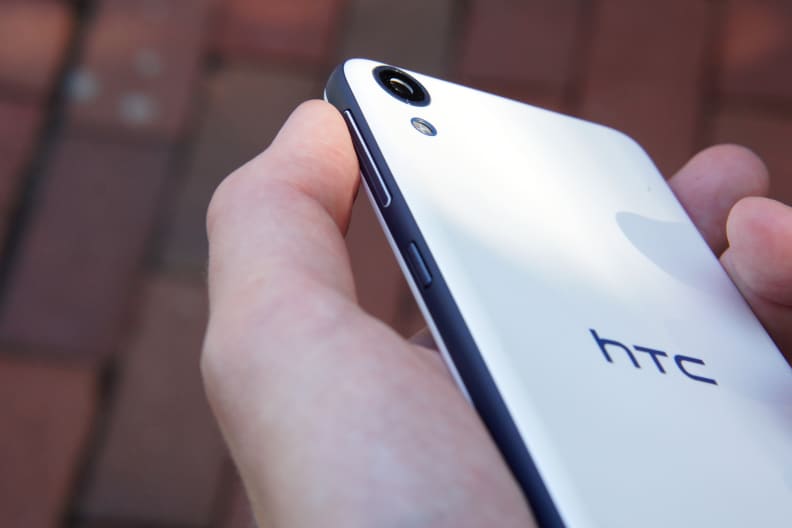
The volume rocker is all one piece, making it difficult to use.
Below the volume rocker is the phone's power/sleep button, and it has similar issues; it's squishy, sits too flush to the body, and lacks the kind of definition we like from hardware buttons.
Hardware & Performance
Under the hood, the Desire 626 is a bit of a lightweight. Its chipset, a Snapdragon 410, doesn't exactly keep up with heavy workloads (more on that later). And although there's a microSD slot for up to 32GB of expanded storage, the allotted 16GB of internal memory is more than a little measly.
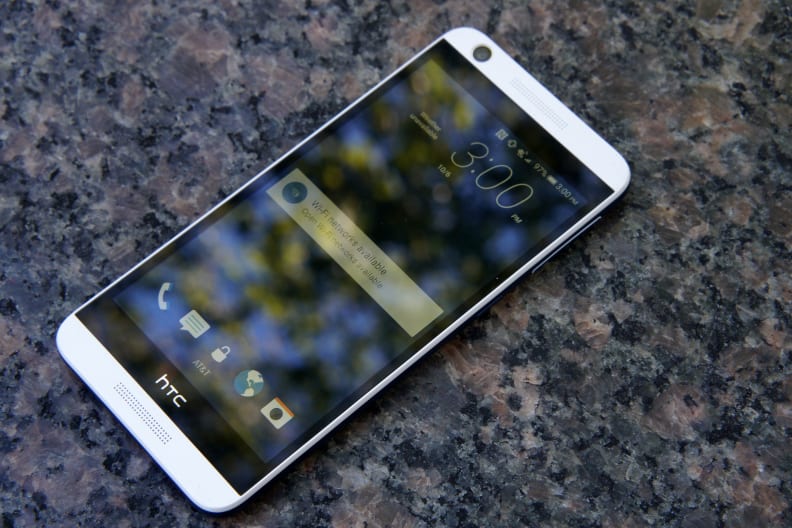
Thankfully, the phone gets bright enough that using it in sunny settings doesn't cause eye strain.
The Desire's screen is actually one of the better aspects of the device. I pegged its peak brightness at around 470 cd/m2, which is bright enough to use on even the sunniest of days. Now, if its speakers were as robust as its display, we'd really have a stew going. Unfortunately, both the handset speaker and the phone's internal speaker are quiet, tinny, and just all-around lousy.
If there was any hope for some good news, it lay with the battery; budget-friendly smartphones have been known to hit this category out of the park as low-resolution screens and mid-range processors don't tend to tax the battery too badly.
But, alas, it wasn't meant to be. Although the Desire 626 will make it through a day of light-to-regular use, you'll only get around four and a half hours of heavy duty use out of its 2000 mAh battery. (Video use is mediocre, topping out at a hair above 7 hours of video playback time with a full battery.)
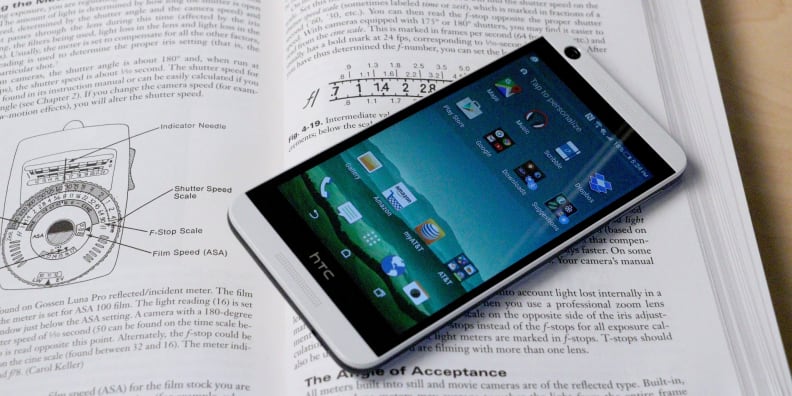
The Desire 626 is an adequate budget phone, but its camera is a real letdown.
I suspect that one of the biggest deal-breakers for people considering the Desire is the fact that it's stuck on Android KitKat, which is more or less two generations behind the curve. Consider the Asus ZenFone 2, which occupies a similar marketplace and runs Lollipop.
That said, staying with an up-to-date operating system is not always a priority for some people—what matters is how smoothly their smartphone runs. And that, unfortunately, is a somewhat grim topic.
In Use
The Desire 626's middling hardware specs make themselves apparent immediately upon booting up the phone. The normally zippy HTC Sense UI plods along sluggishly, whether you're scrolling through the home screen or jumping back-and-forth between more than one app.
There's also a distinct delay between what your fingers are doing and what's happening on screen. Scrolling through a New York Times article, for example, is a frustrating endeavor when the phone feels as though it's operating on a quarter-second delay. Fractions of a second may not sound like much of a hang-up, but they add up to a total drag.
You'll probably want to peruse Google Play for a new keyboard, 'cause the stock HTC Sense keyboard does not cut it. It does support a swiping function, however, which mitigates some of the ill will I harbor for it. If you're like me, though, you'll probably find the layout clunky and the keys too narrow, things even swipe can't rectify. Even the keyboard's tactile feedback is inconsistent—it's as if every third keystroke gets a little extra oomph from the phone's vibration motor.
The Desire 626's display tops out at 720p, which ordinarily isn't that much of a drawback for a smartphone display. But there's something kind of off about the way things look on the Desire 626.
Finer elements—such as the edges of text and app icons—look grainy, and oftentimes a slight ghosting effect is present. It's difficult to explain the unfortunate phenomenon beyond "it just doesn't look right," but it's instantly noticeable and impossible to unsee.
When it comes to the essentials—streaming video, browsing the web, haranguing celebrities on Twitter—the question shouldn't be "can this phone do it?" Frankly, we're lucky enough to live in a time where pretty much all of them can. Instead, the question should be "can this phone do it well?"
And yes, the Desire 626 will stream all of your favorite cat YouTubes and Candy Crushes at a decent pace. But more demanding streams, location services, and processor-hungry apps will sputter. And if you're the type of person who jumps around from window-to-window, you'll feel the weight of the Desire's hardware limitations fairly quickly.
Camera
I'm going to be perfectly honest: Like its poor hardware performance, the Desire's camera woes were apparent before I even got our test results back from the lab.
Though its troubles are varied, most of them can be traced back to one critical flaw: The Desire 626's camera simply doesn't know how to white balance. In daylight—typically the easiest type of light for a smartphone camera to work with—the Desire can't seem to render color correctly, throwing a gnarly, green-tinted shade over neutral tones like white and gray.
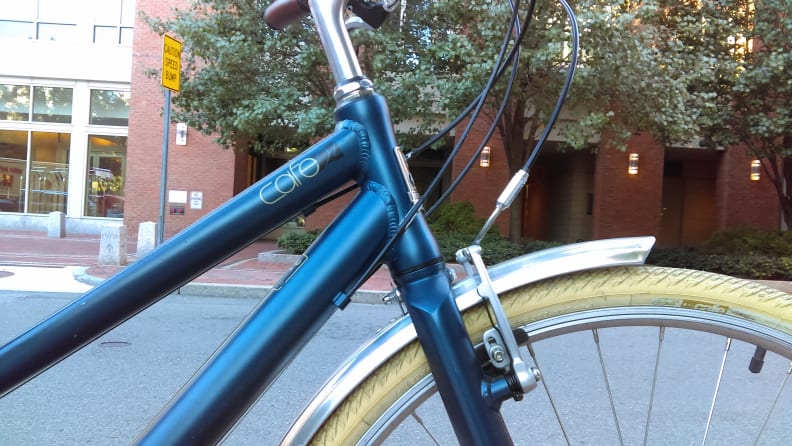
EXIF: 3.78 mm, ISO 80, 1/30. f/2.0
Shooting video on the Desire is almost not worth it. Even in amply-lit settings, the camera can’t seem to squeeze any sharpness out of the picture. In dimly-lit settings, the performance is even worse. In fact, analyzing the results of the low-light video sharpness test were almost impossible due to the amount of interference present.
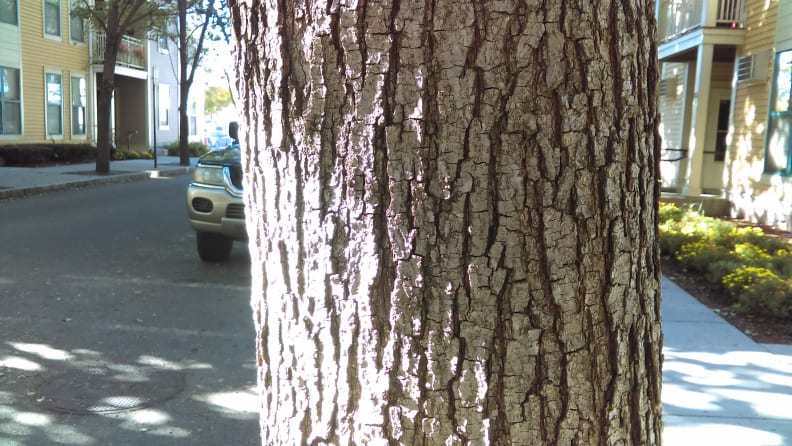
EXIF: 3.78 mm, ISO 64, 1/30. f/2.0
Even the stock camera app wears its inadequacies on its sleeves—using it is like having a never-ending argument with someone. Of particular frustration was the video mode, which just activates when you press the button. That sounds great, but because the video's aspect ratio crops down significantly you don't have any time to frame before it begins recording.
{{ photo_gallery name="HTC Desire 626 Sample Shots" }}
The Verdict
For the most part, every individual piece of the Desire 626 is fine; not good, but serviceable. The case is fine, the processor is fine, and its camera is... Well, the camera isn't that great.
But all of these mediocre elements add up, and collectively, the whole experience is worse than its specs—or even the price—would indicate.
Budget-friendly phones don't have to be this way. You shouldn't have to be constantly bombarded with the reminder that you're not using a higher-end phone. And the truth is, there are affordable phones out there that emphasize their strengths despite not being top-of-the-line devices.
Both the Moto G and the Asus ZenFone 2 offer reliability and easier handling for about the same cost. They're not the speediest, smartest smartphones on the shelf, but the experience of using them everyday is much more pleasant. With the Moto G and the ZenFone, it's much easier to forget that you're using a phone with limited capabilities.
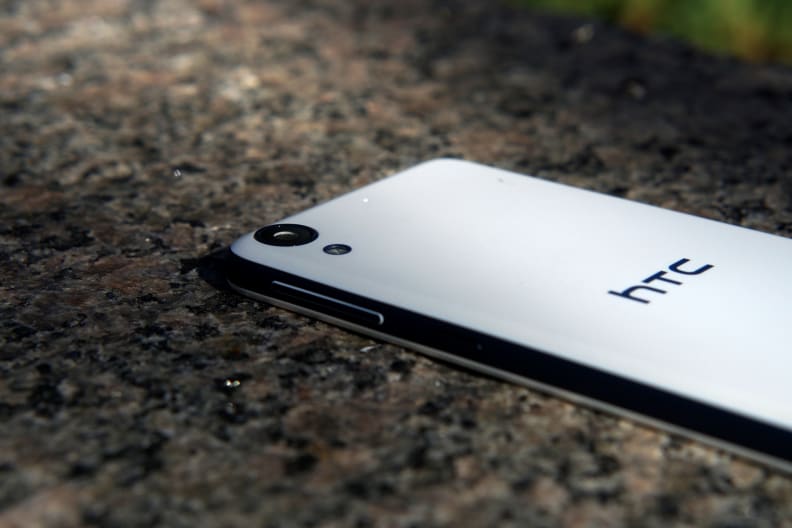
Unfortunately, the Desire 626's rear camera did not perform as well as its budget-friendly peers.
That said, the Desire 626 isn't hopeless. There are plenty of people that don't care about their phone's performance, or the newest version of Android, or the intangibles of a seamless, stress-free smartphone experience. You might, for instance, just like the simple, sporty look of the Desire 626.
Whatever your reason might be to be explore the Desire as an option, then we'd urge you to look at it as merely something to get you by for a year or so. If all you need is a bridge to get you to your next major phone purchase, the Desire 626 might be your speed. More likely, it'll feel like it's just struggling to keep up.
Meet the tester
Michael Desjardin graduated from Emerson College after having studied media production and screenwriting. He specializes in tech for Reviewed, but also loves film criticism, weird ambient music, cooking, and food in general.
Checking our work.
Our team is here to help you buy the best stuff and love what you own. Our writers, editors, and experts obsess over the products we cover to make sure you're confident and satisfied. Have a different opinion about something we recommend? Email us and we'll compare notes.
Shoot us an email